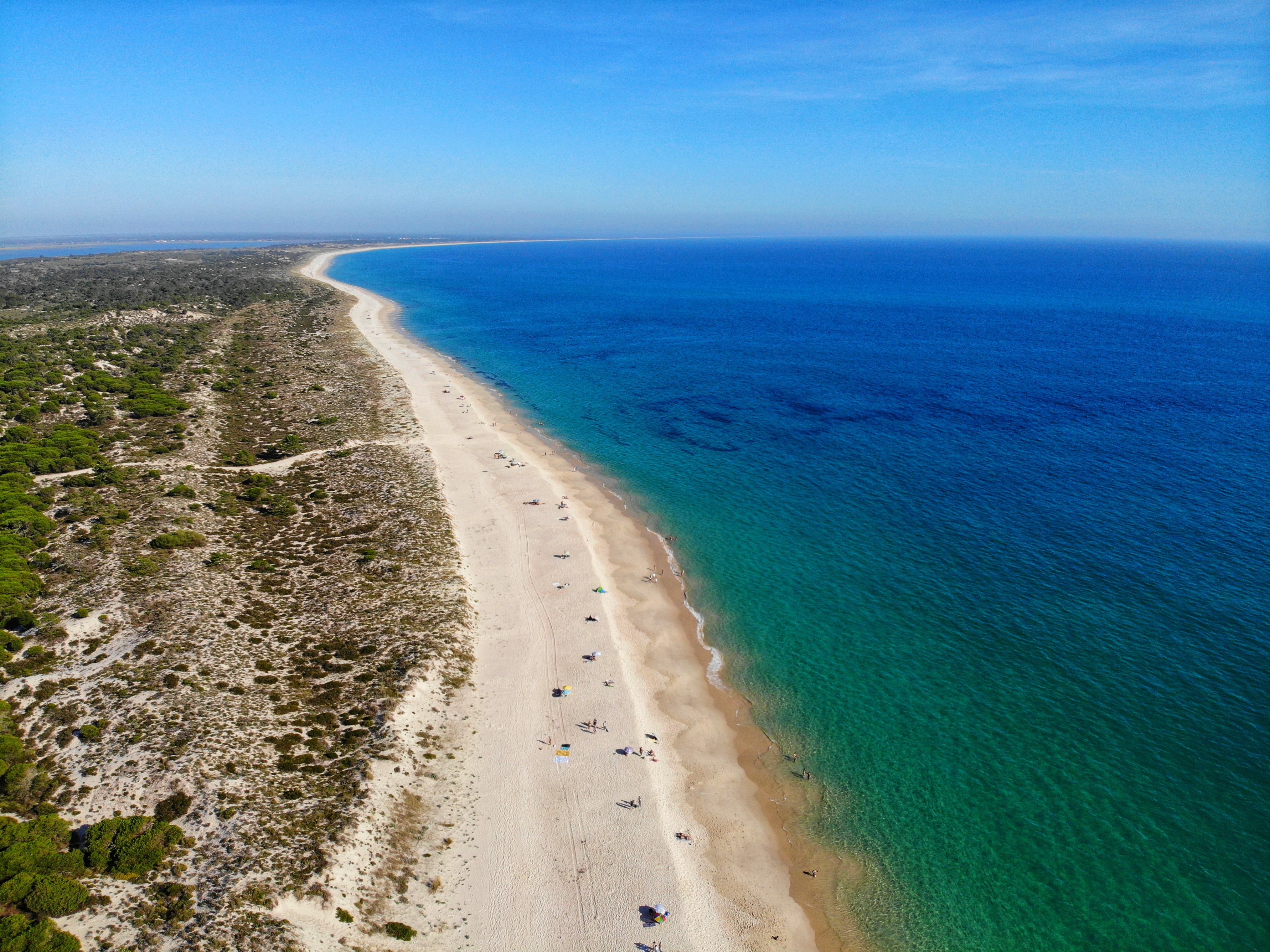Situated along the scenic Atlantic coast, a mere hour’s drive from the bustling streets of Lisbon, lies a hidden gem that has quietly risen to fame: Comporta, Portugal. Often dubbed the “Hamptons of Europe,” this once obscure village has transformed over the past three decades into a coveted retreat frequented by the rich and famous.
With its unspoiled beaches and luxurious yet laid-back ambiance, Comporta has captured the hearts of travelers seeking a blend of peacefulness and sophistication (much like travelers heading to The Hamptons to escape the hustle and bustle of NYC). But how did this small town earn its prestigious nickname, and what makes it a must-visit destination?
The rise of Comporta, Portugal

Historically known for its salt works, fishing communities, and rice fields, Comporta’s transformation began in 1991 when the Espírito Santo banking family, who owned most of the land in Comporta, sold plots to developers like Atlantic Club and JNCQUOI. These developers soon created high-end, eco-friendly resorts and properties that blended into the natural beauty of the region.
Comporta quickly gained recognition as a luxurious destination surrounded by nature. Its exclusivity made it a discreet getaway for celebrities and affluent travelers, and the area’s pristine beaches and gorgeous landscapes have drawn famous personalities and well-off visitors from all over the world. Adding to its appeal, Comporta has become a design hub, attracting internationally renowned designers and artists such as Christian Louboutin, Philippe Stark, and Pierre Yovanovitch.
Today, Comporta stands as a testament to the seamless blending of natural beauty with luxurious living. Its rise from a modest, traditional region to the “Hamptons of Europe” reflects a careful balance of development and conservation, making it the perfect vacation destination for those seeking a high-end experience in a tranquil setting.
Visiting Comporta

Visiting Comporta, Portugal is like stepping into a serene paradise. The community is comprised of three charming villages: Comporta, Carvalhal, and Pego, which all feature small commercial districts (aside from Pego).
Comporta breathes simplicity with its lack of all-inclusive resorts, large hotels, and big shopping centers. Instead, you’ll find a few high-end boutique hotels and several private homes available for rent, providing a more intimate and relaxed experience. Each village has its own stretch of sand, perfect for sunbathing, swimming, or simply enjoying the serene seaside ambiance.
A standout activity in Comporta is horseback riding. Expert guides from Cavalos na Areia will lead you through the area’s many rice paddies, beach dunes, and pine forests. Additionally, visitors can explore local gastronomy at the quaint restaurants, shop for unique artisanal products, and visit the nearby Sado River for bird watching, particularly the vibrant flamingos.
The simplest way to reach Comporta is by flying into Lisbon’s Humberto Delgado Airport. Since public transport in the area is limited, renting a car at the airport is recommended, ensuring you have the freedom to explore all that Comporta has to offer.




